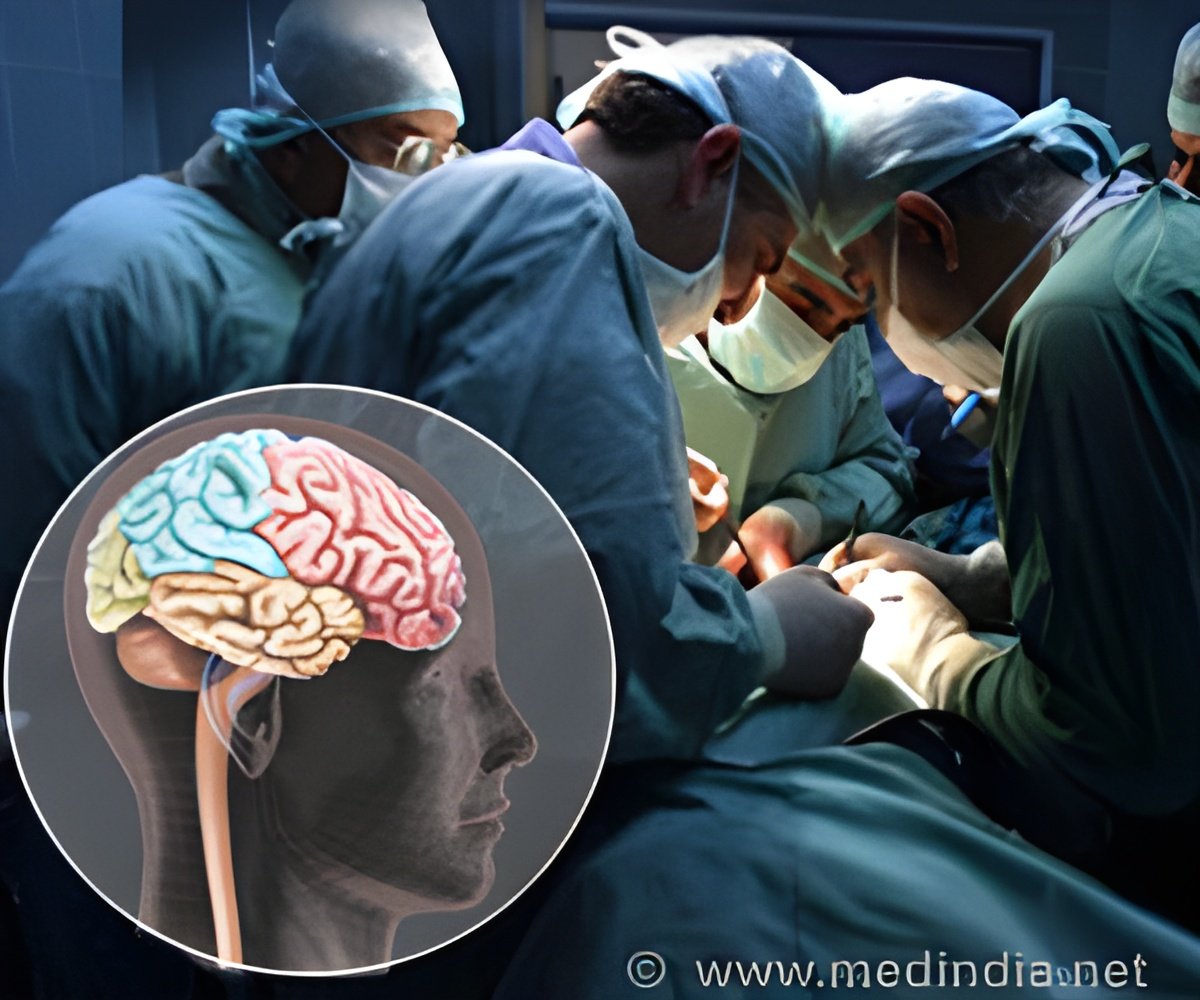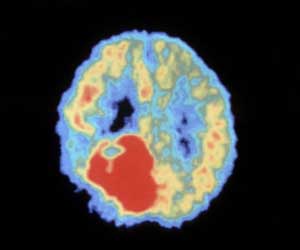A recent research identified unique brain wave patterns when a person put under general anesthesia loses and regains conscious.

A team of scientists from Massachusetts General Hospital, MIT and Boston University explored the changes in the brain activity as a person under anesthesia slips into unconsciousness.
For the study, ten healthy volunteers were put under propofol, a commonly used general anesthesia. The dosage was gradually increased as scientists recorded the electrical activity of brain with 64 sensors. The volunteers were asked to respond to auditory stimuli of a click and words presented at regular intervals of four seconds.
It was noted that the participants initially stopped responding to less intense click stimulus as they transitioned to unconsciousness and the response to words was stopped when the person become completely unconscious. While regaining consciousness the participants first responded to words and then to clicks.
Simultaneous with response to stimuli, EEG recorded an increase in an oscillating low frequency waves in frontal part of the brain. Researchers observed two distinctive patterns of these low frequency signals, each of which corresponded with deep unconsciousness and transition state respectively.
Thus, the authors opine that with further research, the finding could prove beneficial to anesthetist in monitoring and providing accurate dosage to patients thereby avoiding any untoward incidents in operation theaters.
Advertisement
Source-Medindia













